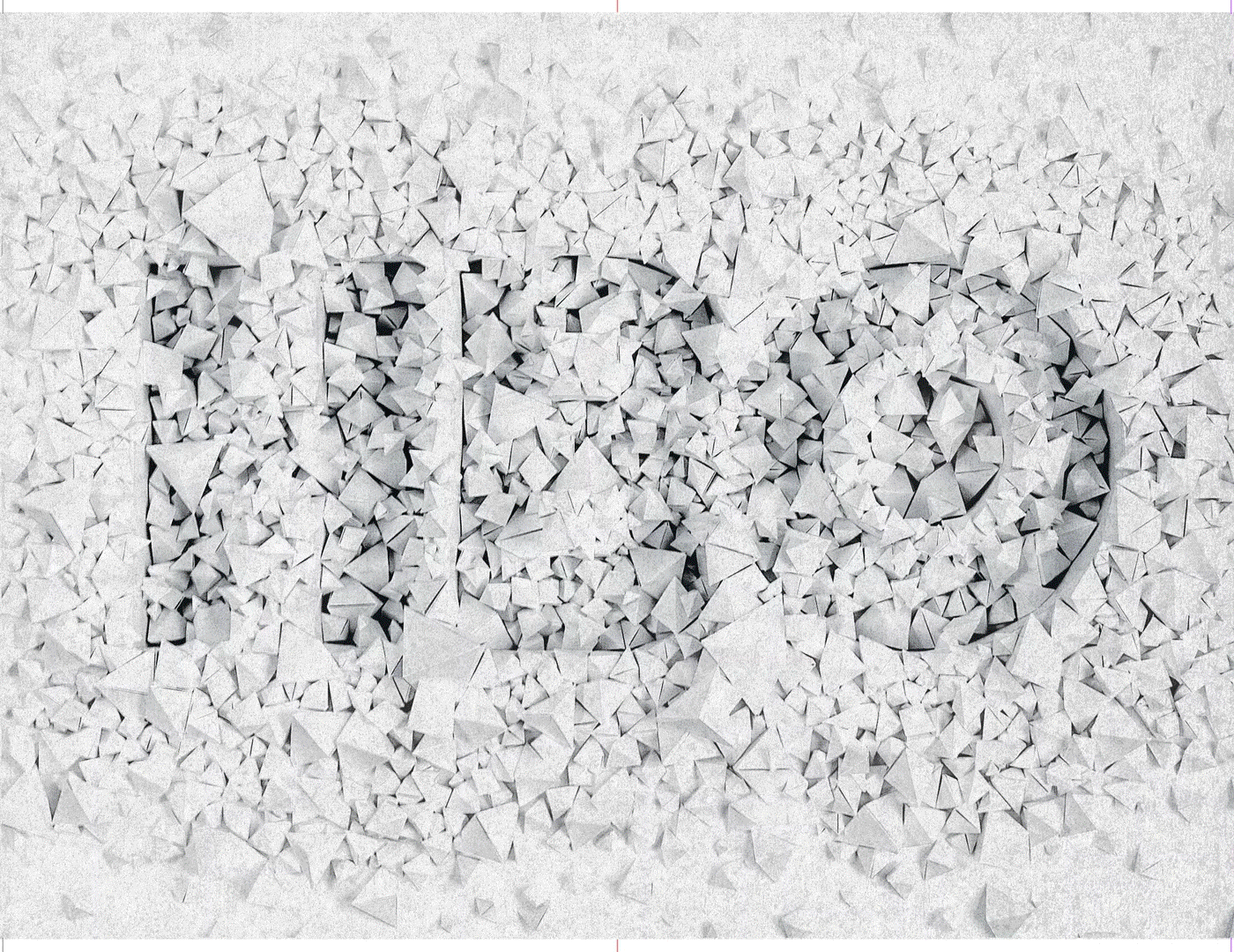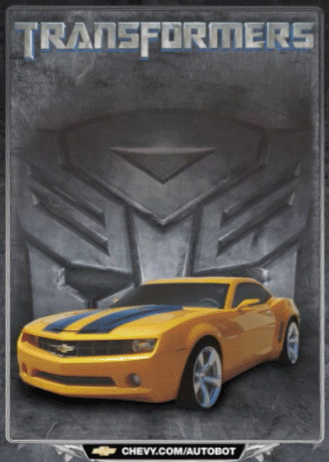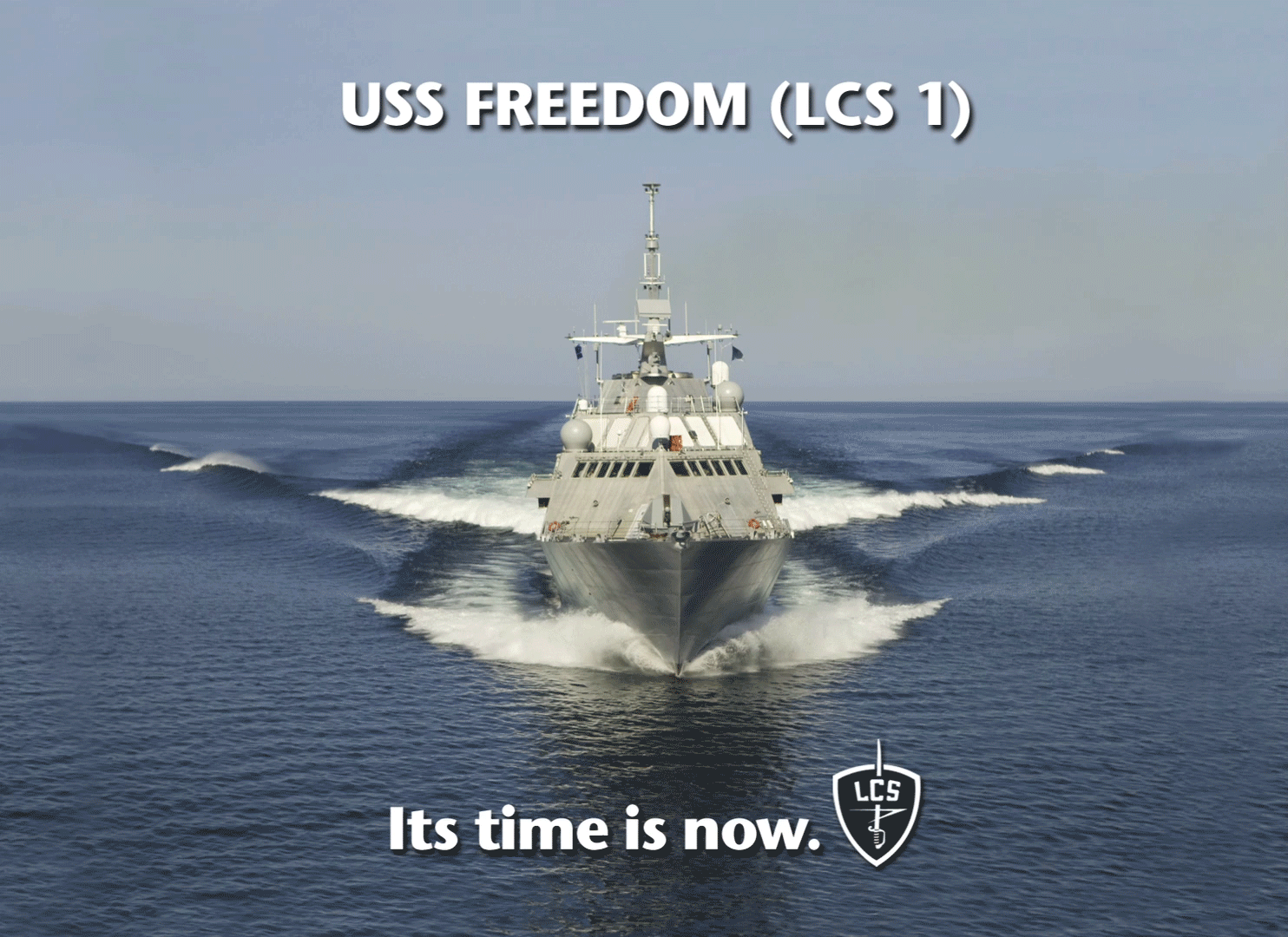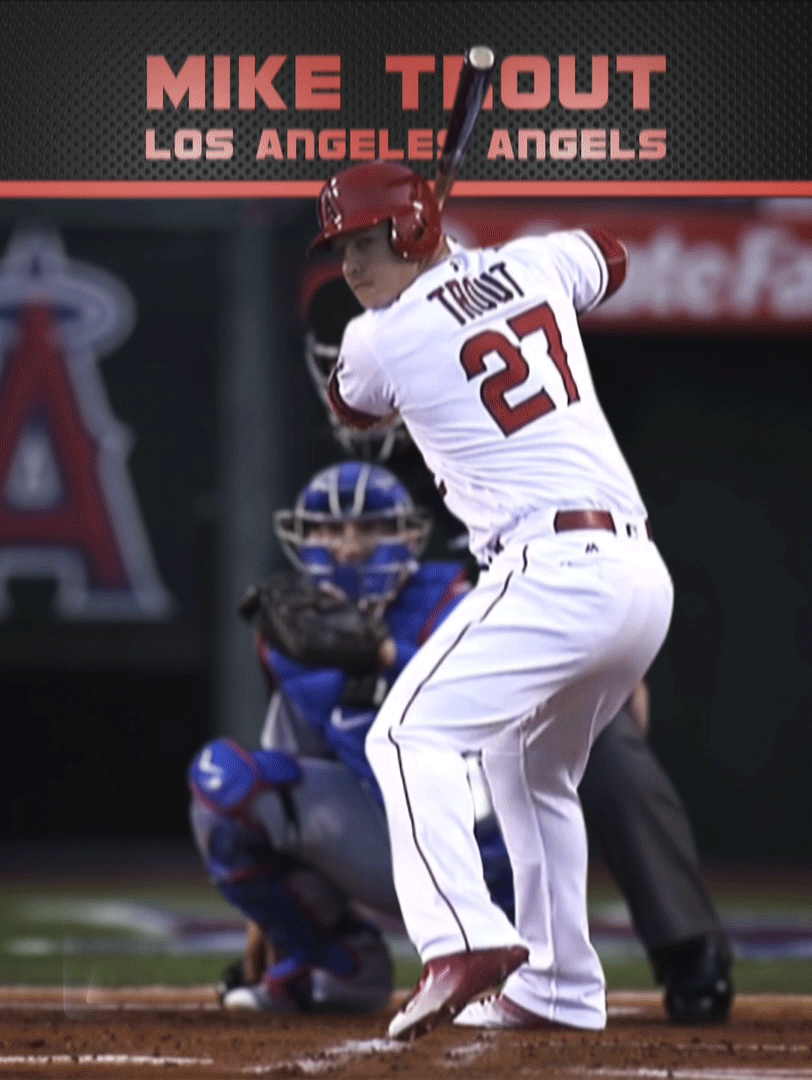Lenticular Effects
All lenticular effects work because the lens material allows the viewer to see different images as the material is viewed from various angles. In the following descriptions, we will refer to the lens orientation as being horizontal or vertical.
Horizontal lens direction requires the image to be moved in an up & down motion, typically requiring a hand-held final product. Vertical lens direction requires a side-to-side viewing motion, with the product typically used in a stationary piece such as a counter-card or poster.

Flip
The flip effect shows a quick transition between two or more images. Images or text can vanish into a background and then reappear. Flips are highly effective in communicating before-and-after messages, cause-and-effect relationships or for the novelty of “storing” more than one photo on a single print.
The flip effect can display completely different images or just a section of the overall design can change. More than two images are possible, but the clarity of each image decreases as the number of flips increases. The best effect is generated on horizontal lens. Vertical lens can be used when special attention is given to the flip images used and the overall size of the flip elements.

Morph
This is a dramatic effect where an image can graphically transform from one subject to a completely different subject as you move the card, or move past the display. Two source images are combined and transformed over a series of views, such as a cheetah ‘morphing’ to a sports car.
This is an especially great effect for products that come in a variety of shapes, styles or colors, for products that change or cause changes, or to show “mutation,” “evolution” or the passing of time. This is most effective with images that share similar features, but the possibilities are wide-ranging with most any art. Horizontal lens yields the best reproduction for this effect.

Zoom
The zoom effect creates a rapid size change from small to large of specific elements in the image. Originating from a still image, a wide perspective “zooms” to a close-up view. Zooms are a novel way to catch and “focus” attention on a highlight or detail of a product or activity, such as a logo or product increasing in size as the image is viewed.
Best when used on a horizontal lens to allow clean transitions, but this effect can be used on vertical lens or even combined with other effects under certain size restrictions.

3D
3D is a stereoscopic technology that gives the effect of depth by isolating the left and right eye perspective views. The 3D effect gives the appearance of full-depth or dimension within the image. Objects appear on different planes and can virtually 'float' above and below the printed surface. This effect can be created from existing 2D art and 'layered', from a series of images shot with a camera, or from a 3D rendered computer generated file.
The lens is always vertical oriented to provide stereo views to the eye, and can only be viewed in a side-to-side motion.

Full Motion Video
Full Motion Video is a series of photos, or frames from a movie, that create the illusion of animated images on a lenticular print similar to what is seen in a video or movie clip. Full Motion Video works well in illustrating body or mechanical movement and to show action.
